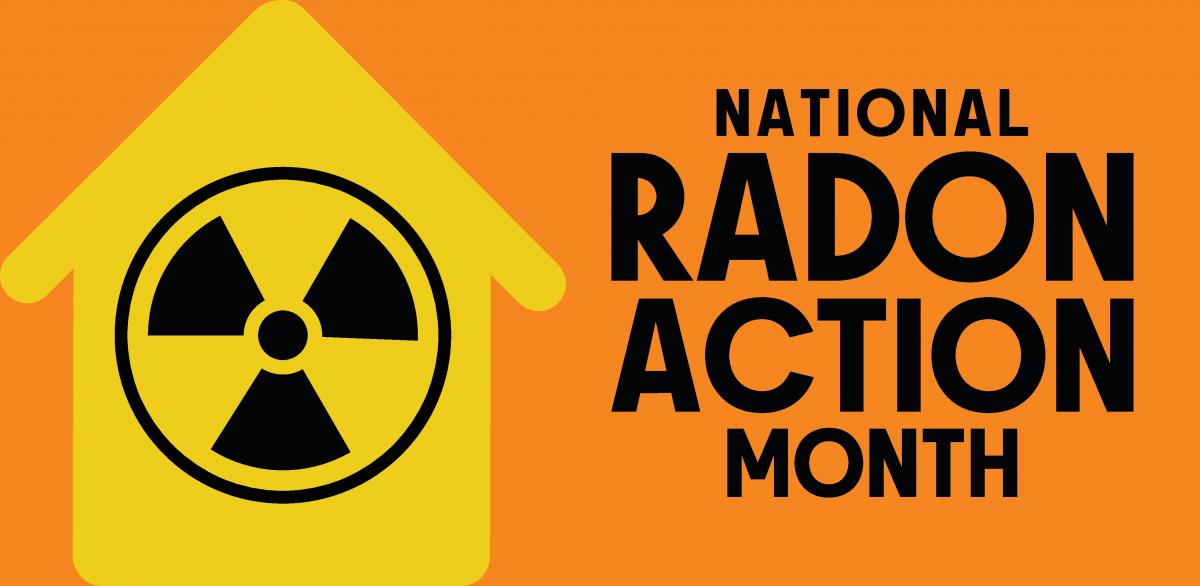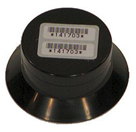We’ve seen a lot of questions, comments, and misconceptions about radon lately, especially with November being Radon Action Month. To help clear things up, we’ve pulled together answers to the most common questions we’ve seen from residents across WDG.

What is radon? Where does it come from?
Radon is a naturally-occurring radioactive gas. It comes from soil, rock and groundwater, and can seep into homes through cracks and openings in floors or foundations. Because it’s colourless, odourless and tasteless, you cannot tell it’s there and the only way to know is to test.
Why are we talking about radon now?
November is Radon Action Month, which acts as an important reminder to test our homes, especially in WDG. In our region, about 15% of homes (18% in Guelph!) tested above the Canadian guideline for radon, compared to around 7% nationwide.
So yes, it’s important and relevant right now, and especially for our region.
Why should my home be tested?
Radon gas is a leading cause of lung cancer among non-smokers. Even if your home is newer, well-built, or seems “safe”, radon can still enter and accumulate. Two adjacent homes can have very different levels. You cannot rely on what you see, smell or assume. Only testing gives you the answer.
Additionally, radon gas tends to accumulate in basements so if you or your family spend a lot of time in a basement bedroom or living area the risk is higher.
When is the best time to test?
You can test at any time of year, but the best period is between October and March (in Ontario) when windows and doors tend to remain closed, giving a more accurate reading. An approved long-term test for at least three months is recommended for most accurate results.
Testing options:
-
Purchase a long-term radon test kit from a supplier. Take Action on Radon has a great list of suppliers. Make sure it’s on the approved device list of the Canadian National Radon Proficiency Program (C-NRPP).
-
Borrow a digital radon detector from your local library to do an initial screen of your home. Guelph Public Library, Orangeville Public Library or Wellington County Library all participate.
-
For renters: you may still test yourself and share results with your landlord. Ontario law does not currently require all landlords to test, but you can raise the issue and negotiate.
What is the difference between a long-term radon test and a radon detector?
A long-term radon test (examples pictured below) is a passive test that sits in your home for at least 3 months and is sent to a lab for an accurate average result. A radon detector is a digital device that shows radon levels in real-time and can be used to monitor changes over time but does not replace a long-term test for determining your home’s true radon risk.


I tested a few years ago. Do I need to retest?
Yes. Because radon levels can change over time (changes to your home’s ventilation, foundation, settlement of soil, or different usage of rooms) it’s smart to test every few years or after major changes or renovations. The local data suggests this applies throughout our region. Consider testing every 5 years if your levels are below 100 Bq/m3 or every 1-2 years if your levels are between 100 and 200 Bq/m3.
What is considered a “high” radon level?
Any exposure to radon has some risk. In Canada, the guideline from Health Canada is 200 Bq/m³ (becquerels per cubic metre). If your home’s test result is above that, you are being exposed to an elevated risk and should take action. Other factors, like smoking, may elevate your risk, even at lower radon levels. After testing, consult with your doctor regarding your specific risk.
What do I do if my home’s radon level is high?
If your home tests high, there is no need to panic. Consult with a certified radon mitigation professional (check the C-NRPP listing). Mitigation systems are effective, safe and the cost is comparable to other major home repairs (like replacing a furnace or air conditioner). Afterwards, retest your home to confirm the mitigation worked.
I live in a good neighbourhood / on solid rock / a new home, do I still need to test?
Yes. Radon does not respect neighbourhood boundaries, building age or zoning. The risk comes from underlying geology, construction features (how sealed the foundation is, how air moves) and usage patterns. Homes in our region are at a higher likelihood of elevated radon regardless of age.
Bottom Line
Radon is a real health risk, especially in our region. Testing your home is straightforward and inexpensive. If you find high levels, you can fix it. Mitigation works. Don’t assume you don’t need to test because of where you live, when your house was built, or what your next-door neighbour’s radon level are.
For more information and resources, visit wdgpublichealth.ca/radon.
